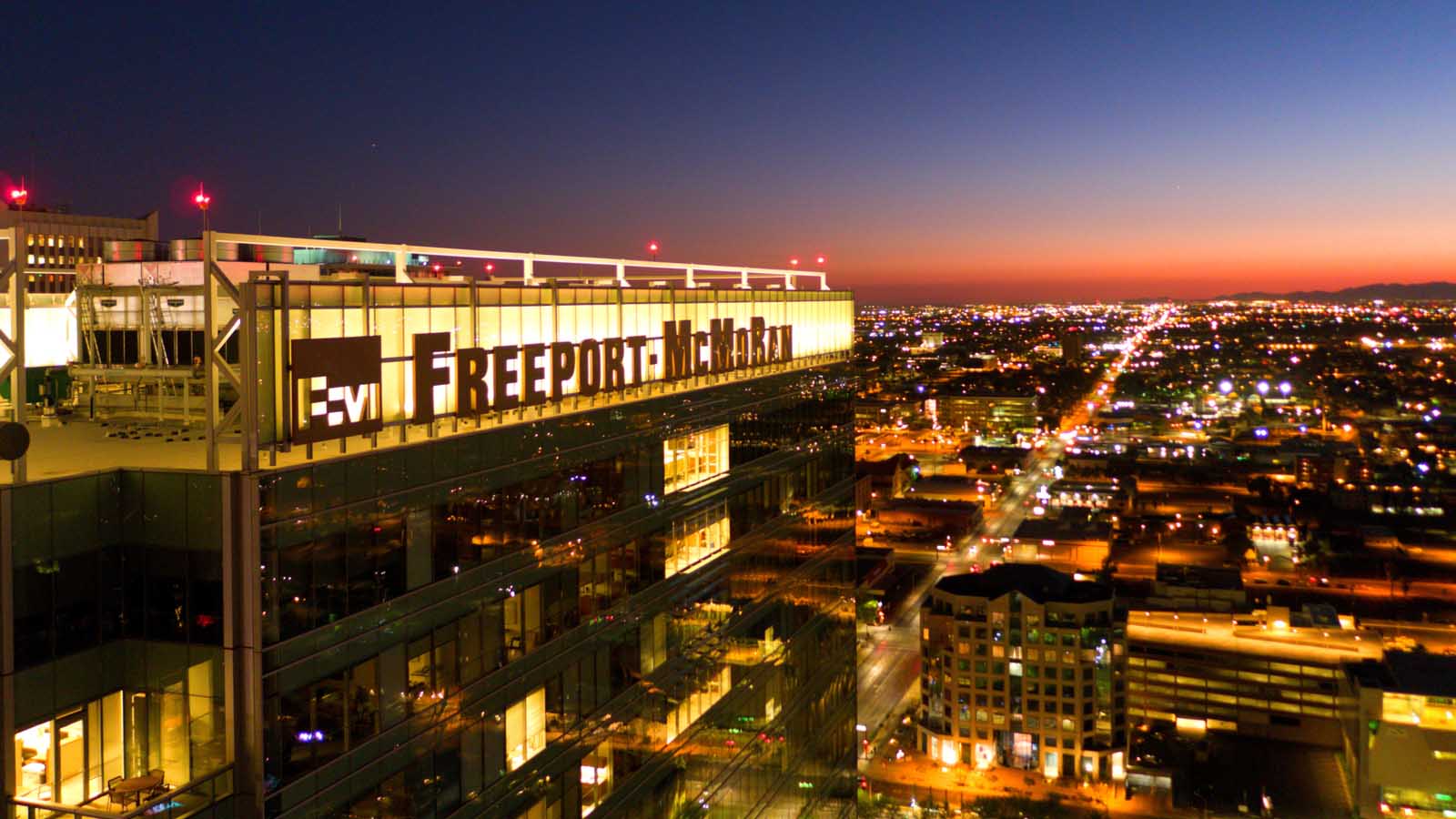InvestorPlace contributor Josh Enomoto recently recommended that readers keep an eye on Freeport-McMoRan (NYSE:FCX), copper prices and the effect of China’s coronavirus outbreak on FCX stock.

While copper demand continues to rise, when your biggest buyer is sitting on the sidelines due to lack of economic activity and demand, copper prices will be affected in the same way oil prices have been hit by the outbreak.
That means the short-term trend for the copper producer’s stock is likely sideways or downward. Josh already owns the stock and is planning to buy more should it take it on the chin in the days and weeks ahead.
As I look at Freeport-McMoRan’s stock price history, I see that FCX has traded at $60 on two occasions: June 2008 and December 2010.
My colleague’s enthusiasm for the future of copper has me wondering if it could ever get back to those heady days. As I write this, a return to $60 would provide an upside of 373%.
Are the odds of Freeport-McMoRan stock hitting $60 good? Here are my two cents on the subject.
$3.65 a Pound or Bust
To understand the $60 thesis, we first need to look back at June 2008 and December 2010, to examine why FCX stock traded so high on those two occasions. Once I’ve done so, it should become more apparent what needs to happen to reach $60 a third time.
First, let’s start with June 2008.
In the second quarter of 2008, copper prices ranged from $3.59 per pound on the low end to $4.03 on the high end, with an average price of $3.83 on the London Metal Exchange (LME). For every 20-cent change in copper prices, the company’s cash flow increased or decreased by $300 million.
In the first six months of 2008, the company’s copper production fell year over year by 9.2% to 432 million recoverable pounds. However, the average realized price per pound in this period was $3.66 a pound, 31.2% higher than a year prior. For all of 2008, the company was expected to sell 4.1 billion pounds of copper, 1.4 million ounces of gold, and 18 million pounds of molybdenum.
For the entire fiscal year 2008, Freeport-McMoRan estimated operating cash flow would be $6 billion, approximately the same as in fiscal 2007.
Unfortunately, the recession hit and $6 billion in expected annual cash flow turned into $3.4 billion and an $11.1 billion loss, due respectively to goodwill and asset impairments from its Phelps Dodge acquisition.
FCX stock fell to a low of $7.85 by the end of 2008.
Fast forward to December 2010.
Freeport-McMoRan finished fiscal 2010 with an average realized copper price per pound of $3.59, 38% higher than in fiscal 2009. Its production fell 4.7% to 3.9 billion pounds of copper. However, its copper production generated revenue of $14.03 billion in 2010, 31.5% higher than a year earlier.
That right there is a good indication why FCX stock traded over $60 at the end of 2010.
The Bottom Line on Freeport-McMoran Stock Hitting $60
How’s the company doing today?
Freeport-McMoRan produced 3.3 billion pounds of copper in fiscal 2019 at an average realized price of $2.73 per pound. Both of those numbers were down from 2018.
On the surface, this might seem like a terrible result. However, if you look at historical prices for copper, excluding June 2008 and December 2010, the price per pound is still at one of the highest points in its history. And the line is trending higher.
In 2020, before the coronavirus outbreak, the company was projecting an average copper price of $2.85 a pound. As I write this, copper is trading around $2.55 a pound, and it’s unlikely to get anywhere near $2.85 until the virus is contained.
That said, with copper demand expected to continue to rise in the years ahead, to move from $2.55 a pound to $3.65 a pound (the price realized in 2008 and 2010) over the next 2-3 years seems like a real possibility.
For this reason, a $60 share price seems more than possible.
At the time of this writing Will Ashworth did not hold a position in any of the aforementioned securities.
